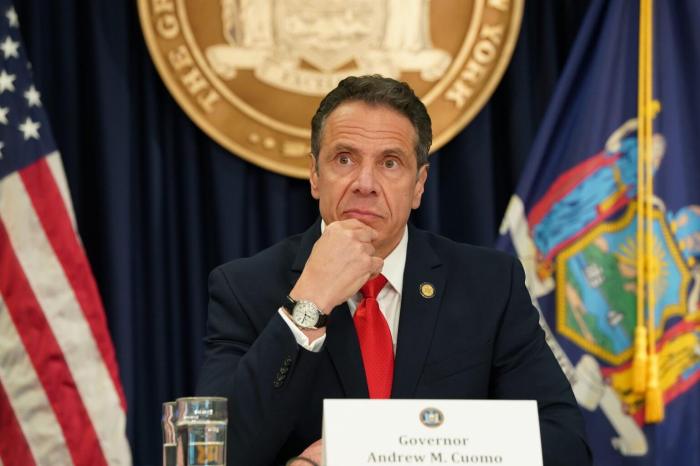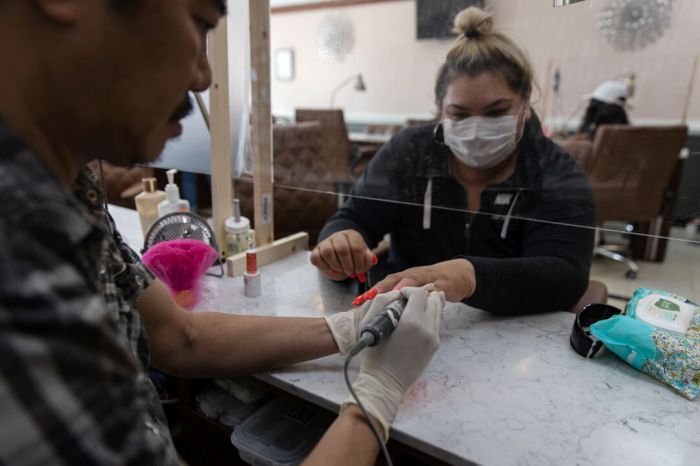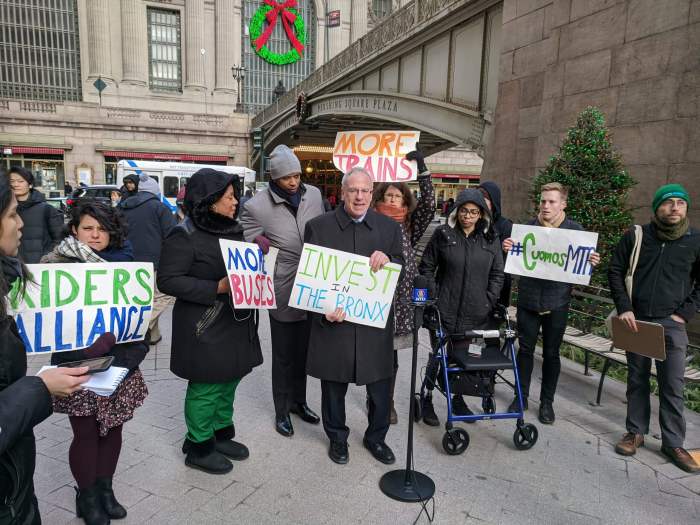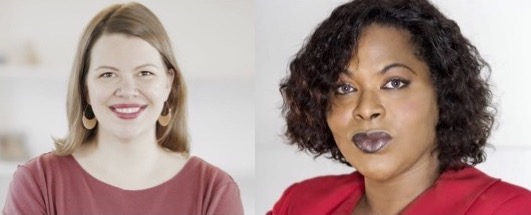By Karinna M. Carrillo
Imagine a world plagued by a global pandemic where you lived and slept, worked and worked out, played and rested all in the same apartment; now, imagine that this apartment is also in the dark and overheating because you have no electricity and therefore, no access to refrigerated food, air conditioning, a phone charger, or Netflix. You haven’t slept in days because you’re in the midst of a heat wave so you’ve attempted to reach your electricity provider, neighbors and elected officials looking for answers, but nobody has any.
Stop imagining, because this is happening right now throughout parts of New York City. And while Governor Andrew Cuomo continues to tout, “New York Tough,” our communities suffer at the expense of big corporate interests and our Governor’s inability to prepare and equip New York State with the programs, infrastructure and resources needed for the future.
Our most recent natural disaster, Tropical Storm Isaias, left thousands of New Yorkers in the dark. Powerless, constituents looked and continue to look for answers as to when their power would be restored, when the trees blocking their streets would be cleaned, how they were to live in deadly high temperatures with no air conditioning, how they were to afford eating out every meal while unemployed [during a global pandemic] and whether or not it was worth it to forgo their own social distancing and seek solace with family members. Telephone and electricity lines were left spanning across streets, tangled amongst cars, homes and trees while some traffic lights were inoperable for nearly a week.
New Yorkers wondered how this could be happening in one of the biggest and most expensive cities in the country (and world); they wondered why and how Consolidated Edison was not more prepared even after promises from previous natural disasters like 2017’s Hurricane Sandy. As the days passed, however, disparities between parts of our city began to show themselves as certain communities gained access to light sooner than others — the grass, as the saying goes, was greener on other sides. The differences in power restoration, as community members soon found, were environmental disparities as a result of a multitude of factors including race and class (median income, home prices, etc.) that have been accumulating for centuries.
Certain districts, and sometimes even parts of districts, face more serious consequences from natural disasters like Isaias because they are not equipped with appropriate infrastructure to support its constituents; oftentimes, this happens because of a lack of funding or legislation advocating for the rights of these community members. Coincidentally, inadequate infrastructure also impacts communities prior to natural disasters. Electricity lines serve as a great example of this.
Close to 150 years ago, New York City experienced a deadly blizzard that left the city without electricity for days. Years later and after various avoidable deaths of New Yorkers from transmission lines, public demand grew for the retirement of overhead poles in exchange for underground grid lines. While executives were afraid of the financial investment, New Yorkers understood that as the number of electricity lines grew, their city became much more dangerous. Carrying significant charge, electrical wires were tangled amongst trees in parks and sat alongside homes and trains, just as they do today. This investment, however, was (and continues to be) costly, and is why businesses of the 1800s (and 2020s) widely object to underground power lines.
The development of New York City’s underground power grid continued but centered on its borough of Manhattan despite an increasing population density pushing New Yorkers to its outer boroughs. Many of these boroughs became homes to New York’s incoming immigrants and today serve as some of the most diverse places in the world.
Today, we see these environmental disparities play out between boroughs everyday. Manhattan, with a median household income of $77,559, relies almost entirely on underground power lines. A walk through the Bronx, with a median household income of $37,525, or Queens, on the other hand, tells a very different story. Communities are flooded with noise and air pollution from transmission lines across every street. Poles stand tall alongside trains, homes and businesses putting community members at risk on a daily basis.
Governor Cuomo, a winning state is not one that allows for the wellbeing of its constituents to be forgone. A victorious state is not one where communities are left in the dark in the midst of a heat wave and global pandemic; they deserve answers from their elected officials because public servants are, of course, servants for the people. We are tough, we are resilient. We are all New Yorkers and we deserve equity in our communities. Invest in better infrastructure that will protect and preserve our lives now and create a state ready for the future; create the real “New York Tough.”
Karinna M. Carrillo is an MPH Candidate studying Environmental Health Sciences and Environmental Health Policy at Columbia University’s Mailman School of Public Health.
























